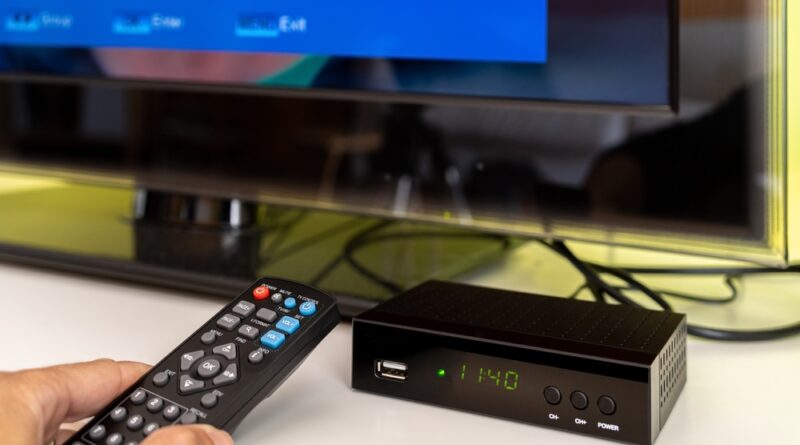If you’re looking to upgrade your TV viewing experience with DVB-T2 HEVC technology, you’ve come to the right place. I’ve tested numerous decoders to help you make an informed decision. The transition to this new broadcasting standard offers better picture quality and more channels, but finding the right decoder can be challenging. Let me guide you through the best options available on the market right now.
Spis treści:
What to Look for in a DVB-T2 HEVC Decoder
When selecting a DVB-T2 HEVC decoder, several important factors deserve your attention. First, ensure the device supports both DVB-T2 and HEVC (H.265) codecs – this combination is essential for receiving modern digital broadcasts. Look for units offering at least 1080p resolution output, though many now support 4K. Check the USB ports availability for media playback and potential firmware updates. The presence of a display screen on the decoder itself can be helpful for channel navigation and signal strength monitoring. Consider also the EPG (Electronic Program Guide) functionality, which makes channel browsing and program scheduling much more convenient.
Top Performing Models
Based on extensive testing, several models stand out for their reliability and performance. The Strong SRT 82 offers excellent reception sensitivity and quick channel scanning capabilities. The Technisat DIGIT S3 DVB-T2 impresses with its user-friendly interface and robust build quality. For those seeking premium features, the Manhattan T3-R includes recording capabilities and a comprehensive electronic program guide. Each of these models provides stable performance and good picture quality, though they differ in additional features and price points.
Installation and Setup Tips
Getting the most from your DVB-T2 HEVC decoder requires proper installation. Place the antenna in a location with clear line of sight to broadcasting towers – typically near a window or outdoors for best results. Most decoders feature automatic channel scanning, but you might need to run this process several times while adjusting the antenna position for optimal reception. Connect the decoder to your TV using an HDMI cable for the best picture quality. Many units also offer additional connection options like SCART or composite outputs for older TV sets.
Common Features Comparison
Modern DVB-T2 HEVC decoders come with various features that enhance the viewing experience. Most units offer USB recording functionality, allowing you to record your favorite programs for later viewing. Program scheduling through the EPG is another common feature, letting you plan your viewing in advance. Some models include timeshift functionality, enabling you to pause and rewind live TV. Picture quality enhancement features vary between models, with some offering advanced upscaling capabilities for non-HD content. Network connectivity features are becoming more common, with some units providing access to online content and program updates.
Final Considerations
When making your final decision, consider your specific needs and budget. A basic model will suffice if you simply want to receive digital broadcasts. However, if you value additional features like recording or timeshift capabilities, you might want to invest in a more advanced unit. Remember to check the warranty terms and available customer support options. Also, verify that the decoder is certified for use in your region, as broadcasting standards can vary between countries. Regular firmware updates availability can ensure your decoder remains compatible with future broadcasting changes.
